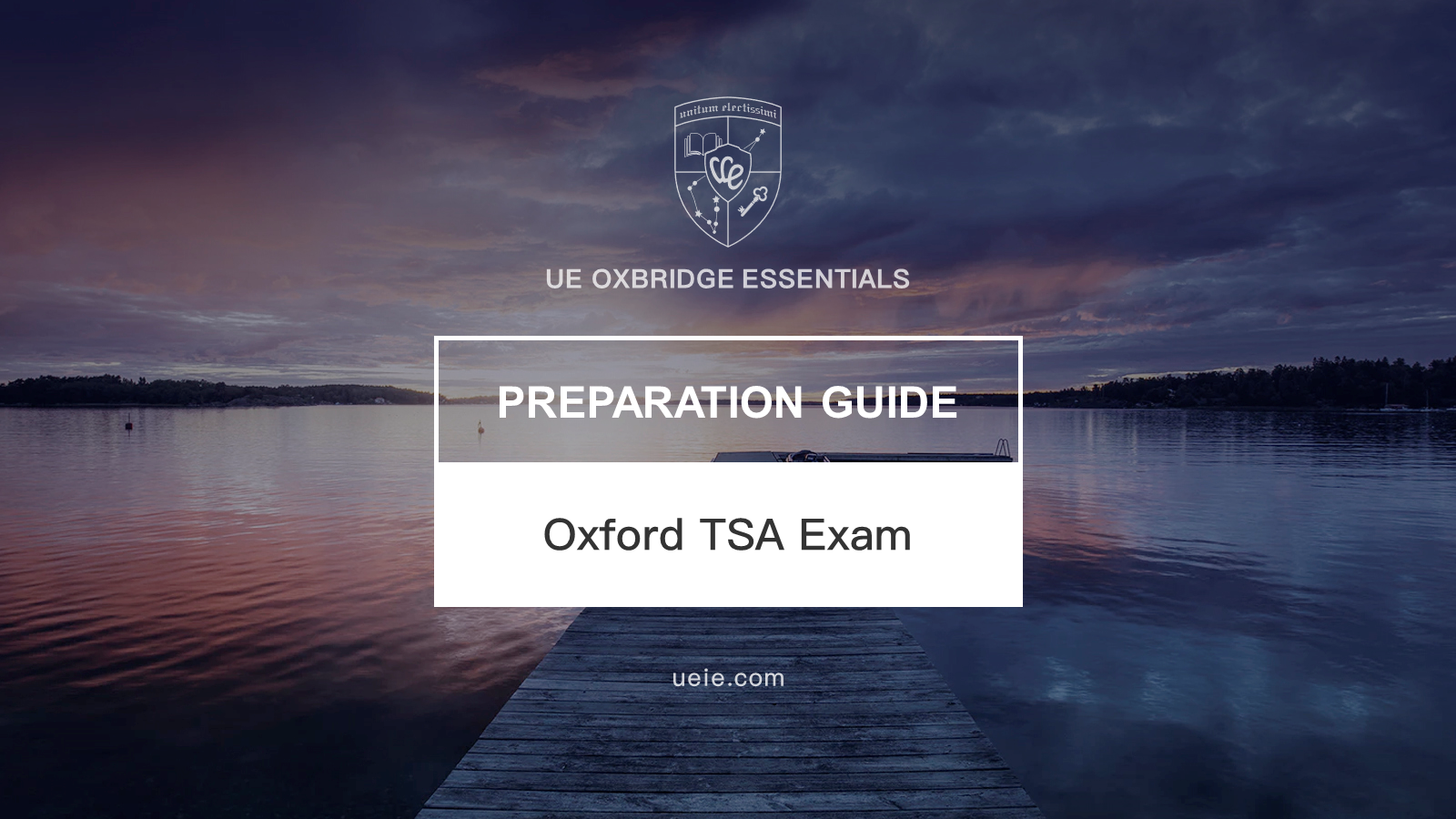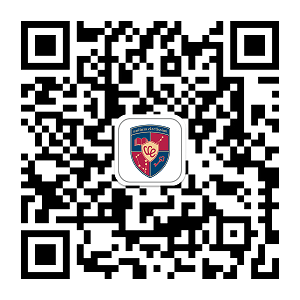This article is included in the Oxbridge Essentials® “Economics Volume”.
I. Oxford TSA Historical Score Data Analysis
In the article “Comprehensive Interpretation | Oxford TSA Thinking Skills Assessment,” Teacher Xie Tao briefly explains the relationship between TSA scores and the interview score threshold. The conversion relationship between annual TSA raw scores and scaled scores varies. The “TSA Historical Score Conversion Table” compiles official score data since 2008 for convenient on-the-go checking and analysis. Based on the above charts and data, a brief analysis of the 2020 TSA scores is as follows:
1. For the Problem Solving and Critical Thinking sections, each additional correct answer corresponds to a 2-8 point difference in the converted score.
2. For those who get over 20 questions correct in each section and over 40 questions correct in the total paper, each additional correct answer corresponds to a 4-8 point difference in the converted score, indicating that getting over 80% correct is more difficult and less common.
3. The Problem Solving section is harder to score highly in than Critical Thinking. This is because to achieve the same converted score, 2-3 fewer questions need to be correct in the Problem Solving section.
II. How to Score High on the TSA?
1. Why is it hard to score high on the TSA if the questions are simple?
The TSA doesn’t test specific high school subject knowledge; it mainly assesses basic mathematical knowledge and critical thinking skills. Therefore, many students can answer about 30 out of 50 questions correctly without special preparation, as long as they have a decent language foundation. This leads to the impression that TSA questions are not difficult. However, Oxford tends to favor students with high TSA scores, typically those who can answer 35 or even more than 40 questions correctly. Such high-scoring students usually make up about 15% of all test-takers. Hence, achieving a high score on the TSA is indeed not easy. To obtain a high score on the TSA, such as getting more than 40 questions right, students generally need to have a certain level of intelligence and undergo specific learning and training. Skills that need training include reading comprehension, calculation, and critical thinking.
2. Do I need to take courses in critical thinking?
For students in the IB curriculum, the core of Theory of Knowledge (TOK) is critical thinking, and they generally don’t need to spend extra time on critical thinking courses. Students in A-Level or AP curricula are advised to dedicate some time to study critical thinking courses or to make up for the basic skills training in critical thinking during TSA preparation. For students who have been studying the domestic high school curriculum, it is highly recommended to specifically learn critical thinking methods and skills and to continue critical thinking training formore than three months.
3. Do I need a background in math competitions to score high in the problem-solving section?
Many questions in the problem-solving section resemble those from international math competitions and are similar in difficulty to medium-level competition problems. If a student has had specialized training in math competitions, scoring high in the problem-solving section is not difficult. However, this does not mean that one must have a math competition background to achieve a high score in the problem-solving section.
III. Oxford TSA Preparation Timeline
When to start preparing for the TSA should be based on the student’s academic curriculum and whether they have a background in math competitions.
1. For students in the IB curriculum or who have taken A Level courses in critical thinking:
These students already have certain critical thinking skills and proficiency, so they can focus more on problem-solving. The suggested preparation time is 1-2 months.
2. For students with a background in math competitions:
These students will find it easier to prepare for the problem-solving section, so they can focus more on critical thinking. The suggested preparation time is 2-3 months.
3. For students who have not studied critical thinking or do not have a math competition background:
It is advised to allocate 3-4 months for TSA preparation.
IV. Scientific Methods for Preparing for the Oxford TSA
For most students, the following are key focus areas when preparing for the TSA:
1. Fundamental Skills and Proficiency in Critical Thinking
2. Familiarity with Various Problem-Solving Question Types, Mastery of Common Techniques, and Increased Calculation Speed It is recommended to follow the process below, addressing each aspect of the TSA preparation one by one.
3. Diagnostic Tests
Diagnostic test questions should not be too difficult, and since there are few official practice questions, it is generally recommended to use official sample questions for the diagnostic test.
4. Systematic Review of Knowledge Areas
Both the problem-solving and critical thinking sections of the TSA can be trained categorically.
Below is the table of contents for the “Oxford TSA Preparation Course 2023 [6th Edition],” edited and taught by Teacher Xie Tao. The course fully covers the TSA syllabus and can help students systematically and comprehensively review and consolidate knowledge in each area. Scroll up and down to view all content
Table of Contents for TSA Problem Solving 2023 [6th Edition]


